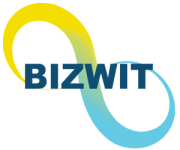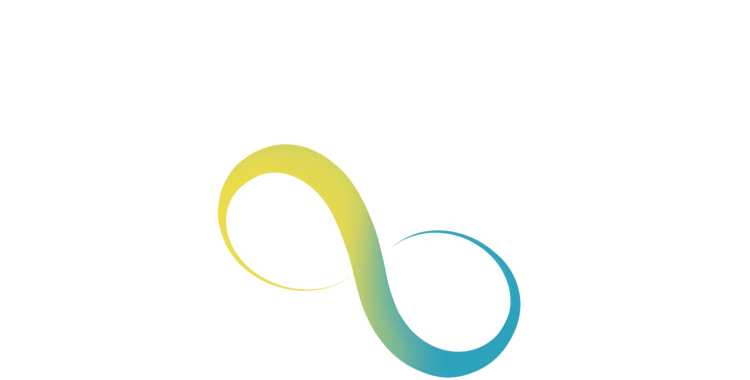Global Glass Ceramic Market is valued at approximately USD 1.5 billion in 2022 and is anticipated to grow with a healthy growth rate of more than 6% over the forecast period 2023-2030. Glass ceramics are a type of material that combines the properties of glass and ceramics. They are made by heat-treating certain glasses to induce crystallization, which results in a material that has the strength and durability of ceramics while retaining the transparency and other properties of glass. The global glass ceramics market is largely driven by the growing demand from the construction industry due to its ability to reduce noise and cost-effectiveness compared to other options. However, one of the biggest challenges facing the market in the coming years is the high cost of energy used in production. The production of glass ceramics requires a significant amount of energy, and fluctuations in the prices of essential energy supplies like crude oil can significantly impact manufacturing costs. As a result, manufacturers may struggle to maintain profitability and competitive pricing in the market.
The construction industry is always in search of innovative materials that can provide strength, durability, and thermal insulation. Glass ceramics are one such material that has gained popularity due to its unique properties. Glass ceramics are a combination of glass and ceramic materials that are heat-treated to induce crystallization. The resulting material has high strength, durability, and thermal resistance, making it an ideal choice for various construction applications.
As per, International Labour Organization, the construction industry is a major employer, with around 7% of the world’s working-age population employed in the sector. Similarly, the demand for sustainable construction materials and practices is on the rise, with a report by the United Nations estimating that the construction sector could reduce global carbon emissions by up to 30% by using more sustainable practices and materials. The production of glass ceramics involves high costs, including the cost of raw materials, energy, and processing. These high production costs can impact the affordability of glass ceramic products, which may restrain their demand in certain applications.
The key regions considered for the Global Glass Ceramic Market study include Asia Pacific, North America, Europe, Latin America, and Middle East & Africa. The Asia-Pacific region is the fastest-growing construction market, driven by rapid urbanization, population growth, and infrastructure development. Countries like China, India, and Indonesia are investing heavily in construction projects, and the region is expected to account for almost half of global construction output by 2025, according to a report by Global Construction Perspectives and Oxford Economics.
The use of ceramic inks has been in high demand due to China’s booming construction sector. The country’s government has allocated over 7% of its capital expenditure towards construction, which is higher than the previous year. China is currently the largest market for construction and is witnessing substantial growth in this sector. Some of the major construction projects in China include the Beijing International Airport, which is contributing significantly to the demand for ceramic inks.
Major market players included in this report are:
Corning Inc.
Schott AG
Asahi Glass Co., Ltd.
Saint-Gobain S.A.
Nippon Electric Glass Co., Ltd.
CeramTec GmbH
KYOCERA Corporation
Murata Manufacturing Co., Ltd.
Ohara Corporation
Hoya Corporation
Recent Developments in the Market:
Ø In January 2021, SCHOTT AG launched a new glass ceramic material, called NEXTREMA® Pearl, which is designed for high-temperature applications in the home appliance industry. The material offers high thermal shock resistance and a unique pearl-like appearance.
Ø In October 2020, Corning Incorporated announced a partnership with Toyota Motor Corporation to develop glass technologies for the automotive industry, including glass ceramics for headlights and other applications. The companies are focusing on improving safety and design in vehicles.
Ø In July 2020, AGC Inc. launched a new range of glass ceramics, called CLEARER, which offers high transparency and low reflectivity. The material is designed for use in displays, lighting, and other applications where optical performance is critical.
Global Glass Ceramic Market Report Scope:
ü Historical Data – 2020 – 2021
ü Base Year for Estimation – 2022
ü Forecast period – 2023-2030
ü Report Coverage – Revenue forecast, Company Ranking, Competitive Landscape, Growth factors, and Trends
ü Segments Covered – Composition, Application, Region
ü Regional Scope – North America; Europe; Asia Pacific; Latin America; Middle East & Africa
ü Customization Scope – Free report customization (equivalent up to 8 analyst’s working hours) with purchase. Addition or alteration to country, regional & segment scope*
The objective of the study is to define market sizes of different segments & countries in recent years and to forecast the values to the coming years. The report is designed to incorporate both qualitative and quantitative aspects of the industry within countries involved in the study.
The report also caters detailed information about the crucial aspects such as driving factors & challenges which will define the future growth of the market. Additionally, it also incorporates potential opportunities in micro markets for stakeholders to invest along with the detailed analysis of competitive landscape and product offerings of key players. The detailed segments and sub-segment of the market are explained below:
By Composition:
Lithium-aluminium-silicate (LAS)
Zinc-aluminium-silicon oxides (ZAS)
Magnesium-aluminium-silicon oxides (MAS)
Others
By Application:
Building & construction
Electrical & electronics
Healthcare
Aerospace
Optical
Others
By Region:
North America
U.S.
Canada
Europe
UK
Germany
France
Spain
Italy
ROE
Asia Pacific
China
India
Japan
Australia
South Korea
RoAPAC
Latin America
Brazil
Mexico
Middle East & Africa
Saudi Arabia
South Africa
Rest of Middle East & Africa



